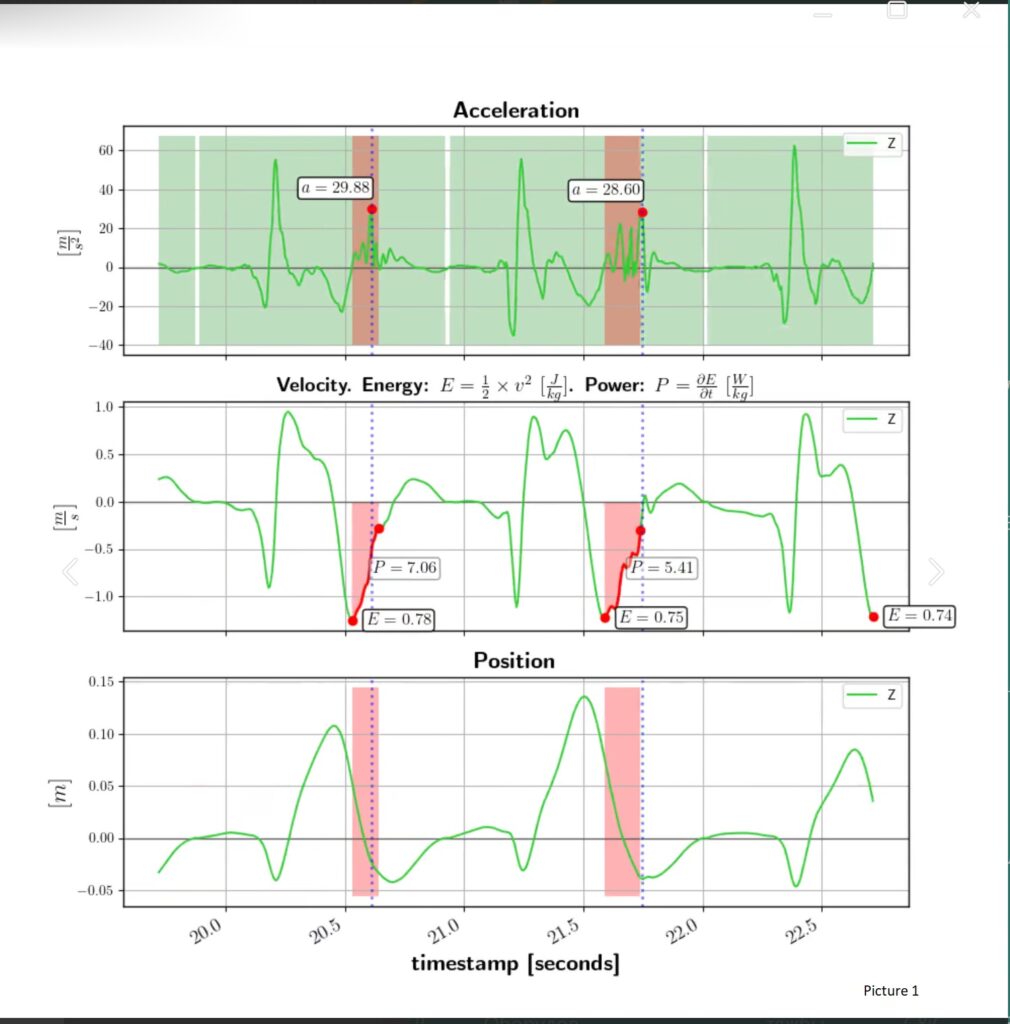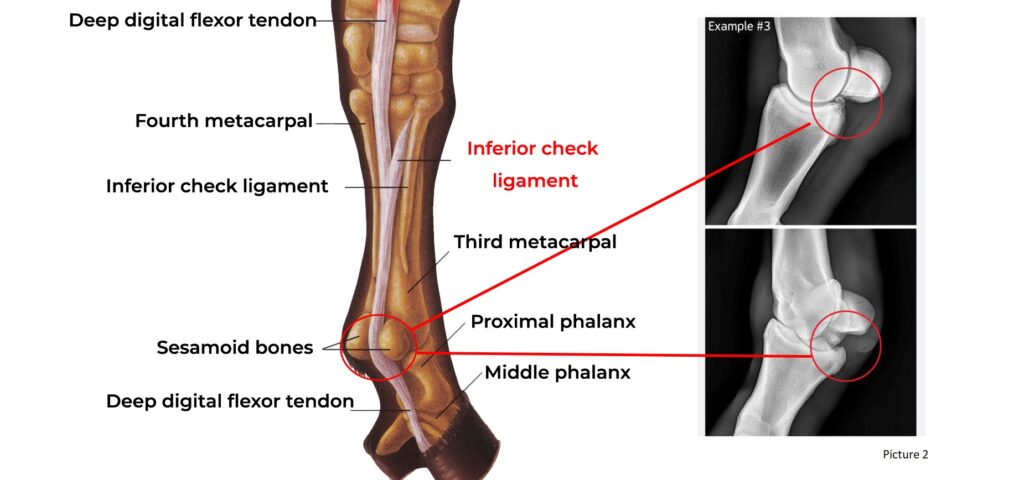Today we want to talk about one of the burning issues – lameness in horses that arises as a result of the training process… What causes it and is it preventable?
We will not discuss the musculoskeletal structure of the horse here, but focus on the general physiological mechanisms involved in the destructive effects of training… (picture 1)

In a consistent and measured training cycle the horse’s musculoskeletal system is subject to a range of physiological changes. There is consistent development of the tendon apparatus, additional fibres, inter-fibre connections and its structure becomes stronger and more robust. Without pathophysiological changes.
In case of overloading, the processes of adaptation of the locomotor apparatus may cause pathophysiological changes. For example, tendon fibre tears, tearing of the tendon apparatus attachment zone to bone formations, etc. may occur. The natural response of the microorganism to such disorders is to replace the damaged areas with rigid tissues up to the formation of pathological bone formations.(picture 2)

Strain can lead to chronic inflammation of the tendon, accompanied by the formation of fibrous connective tissue in the area of tendon damage.
When tendon fibres are torn, the body attempts to compensate. The connective tissue formed at the site of the rupture differs from the original tissue.
The newly formed connective tissue is then transformed into fibrous tissue, which squeezes the undamaged tendon fibres, causing them to atrophy and become damaged.
With ageing, the fibrous tissue shrinks, which leads to shortening of the tendon, the development of tenosynovitis contracture and changes in position and bone structure to accommodate the new pressure conditions.
You can look at the radiographs of horses that limp and they have this problem very commonly.
To put it in simple, non-scientific terms, rough tissue that lacks elasticity develops where tendons are torn. This process can have a significant impact on the horse’s movements.
It is important to understand the extent of these changes. Up to a threshold of change it will all be compensated and no one will notice the problem, but overcoming this threshold will manifest the damage and lead to a noticeable limp.
The rider can overstep the boundary of acceptable developmental forces, thus contributing to pathophysiological changes in the horse’s musculoskeletal system.
This could be caused by:
-
- The rider’s handling of the horse
- Peculiarities or changes in the ground
- Changes in training regime and sequence of elements
- Changes in seasons, feeding habits, etc.
Therefore if we want to avoid painful conditions for our pet, it makes sense to have a balance of exercise tolerance in the training of the horse. This varies from animal to animal. In order to determine this, we propose the use of an early lameness early warning system which will help the rider to determine the threshold of training load for their horse and avoid a reduction in performance and the development of pathological processes in the horse’s musculoskeletal system.(picture 3)
